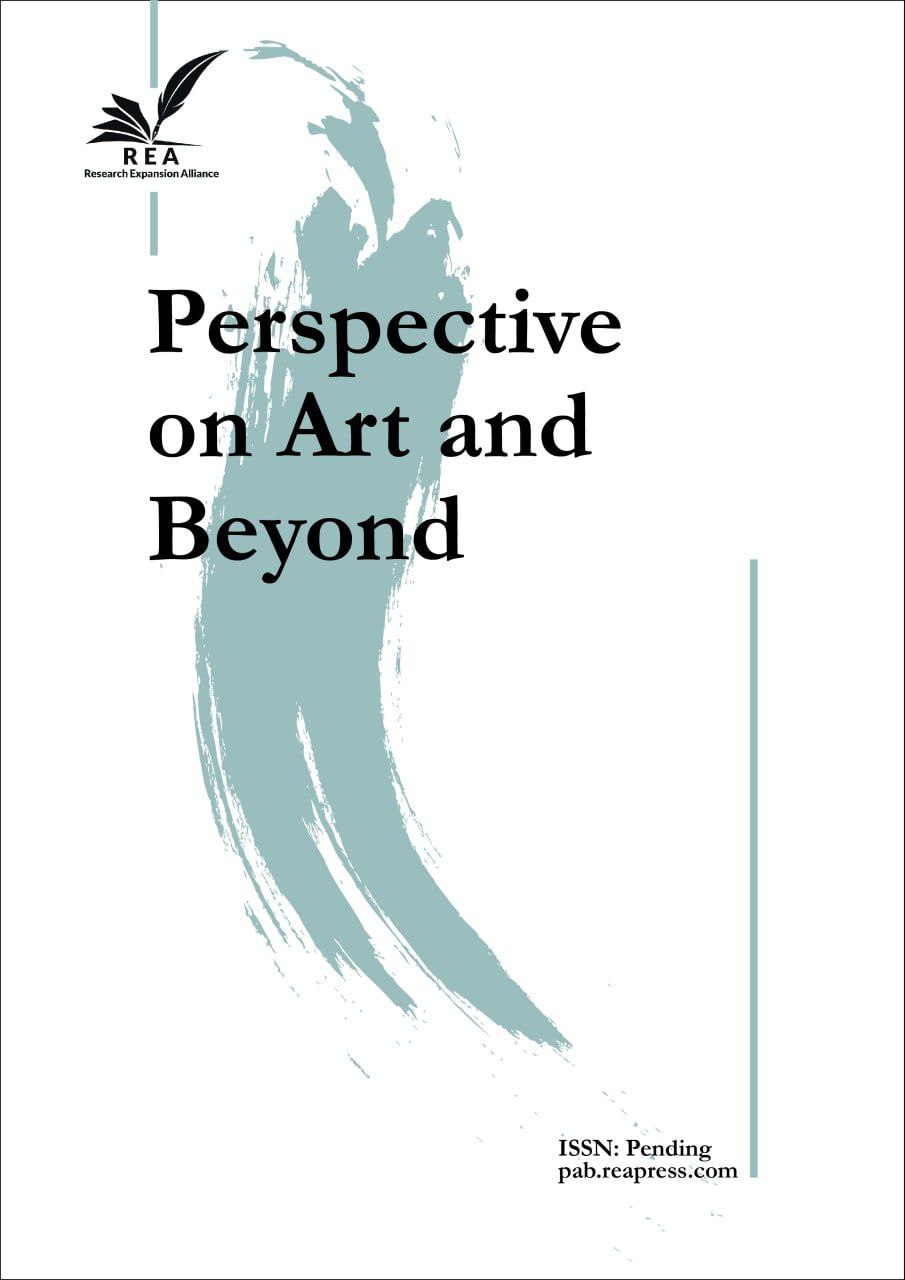Phenomenological Analysis the Architectur of Image in Zhang Yimou's Cinema: A Case Study of the Film Hero (2002) with Reference to Juhani Pallasmaa's Approach
Abstract
This research examines the role of architectural imagery in Zhang Yimou's cinema, with a focus on the film Hero (2002). Employing a descriptive-analytical methodology and drawing on Juhani Pallasmaa's perspectives on architectural phenomenology, the study demonstrates how Zhang Yimou utilizes colors and set design as symbolic tools to narrate the epics and history of China. Concepts of Taoism and phenomenology are reflected in Yimou's architectural imagery in a way that creates a profound, multisensory experience for the audience. The significance of this research lies in providing a theoretical framework for the phenomenological analysis of imagery in Zhang Yimou's cinema, which can contribute to a deeper understanding of the relation between image architectural and the sensory experience of the audience in film. The findings reveal a meaningful connection between image architectural and architectural phenomenology, leading to the development of a theoretical framework for analyzing the phenomenology of imagery in Zhang Yimou's cinema.
Keywords:
Tao, Zhang Yimou, Architectural imagery, Film phenomenology, Juhani PallasmaaReferences
- [1] Pallasmaa, J. (2001). The architecture of image: existential space in cinema. Rakennustieto.
- [2] https://philpapers.org/rec/PALTAO-2
- [3] Hartz, P. R. (2004). Taoism (world religions). Facts on File. https://www.amazon.com/Taoism-World-Religions-Paula-Hartz/dp/0816057249
- [4] Sharifian, M. A., Tahoori, N., Etessam, I., & Zabihi, H. (2020). Comparative study of architectural phenomenology in theories of juhani pallasmaa and steven holl. Kimiya-ye-honar, 8(33), 63–80. http://kimiahonar.ir/article-1-1737-en.html
- [5] Amanpour, M. (2021). Architectural Phenomenology of Multisensory Perceptions in the Thoughts of Johannes Palasma. Green architecture quarterly, 7(5), 1–8. https://civilica.com/doc/1487779
- [6] Tamari, T. (2017). The phenomenology of architecture: A short introduction to Juhani Pallasmaa. Body & society, 23(1), 91–95. https://doi.org/10.1177/1357034X16676540
- [7] ICAA. (2021). What we’re watching: architecture and design in film. https://www.classicist.org/articles/what-were-watching-architecture-and-design-in-film-6/
- [8] Husserl, E. (2012). Ideas general introduction to pure phenomenology. Routledge Taylor & Francis Group. https://b2n.ir/q48484
- [9] Loht, S. (2017). Phenomenology of film a heideggerian account of the film experience shawn loht. Lexington Books. https://www.google.com/books/edition/Phenomenology_of_Film/Ib4zDwAAQBAJ?hl=en
- [10] Pallasmaa, J. (2005). Senses, the eyes of the skin: architecture and the senses. Chichester: Wiley. https://www.amazon.com/Eyes-Skin-Architecture-Senses/dp/0470015780
- [11] Pallasmaa, J. (2009). The thinking hand: existential and embodied wisdom in architecture. General & Introductory Architecture. https://www.amazon.com/Thinking-Hand-Existential-Embodied-Architecture/dp/0470779292
- [12] Mcluhan, M. (1994). Understanding media: the extensions of man. MIT Press. https://B2n.ir/k29148
- [13] Robinson, S., & Pallasmaa, J. (2015). Mind in architecture: neuroscience, embodiment, and the future of design. MIT Press. https://books.google.com/books?id=h4hLCAAAQBAJ
- [14] Bruno, G. (2002). Atlas of emotion: journeys in art, architecture, and film. Verso. https://books.google.com/books?id=4F4PKXuC2HEC
- [15] Pallasmaa, J. (1996). The geometry of feeling: A look at the phenomenology of architecture. PublisherPrinceton Architectural Press. https://research.aalto.fi/en/publications/the-geometry-of-feeling-a-look-at-the-phenomenology-of-architectu
- [16] Bachelard, G., & Jolas, M. (1994). The poetics of space. Beacon Press. https://books.google.com/books?id=CVklE1ouVYIC
- [17] Zumthor, P. (2006). Atmospheres: architectural environments, surrounding objects. Birkhäuser. https://books.google.com/books?id=6I_SLIQNhFoC


